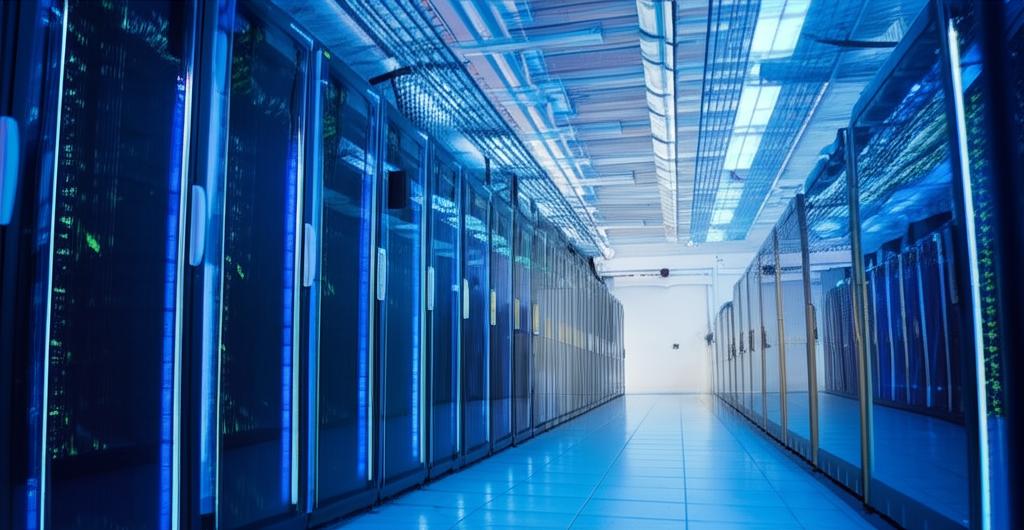The digital economy's reliance on data centers is surging, driven significantly by the escalating demands of artificial intelligence (AI) and cloud computing. This growth, however, comes with a substantial and rapidly increasing appetite for electrical power, creating a complex web of economic challenges and opportunities.
Global data center electricity consumption is projected to more than double between 2023 and 2028, potentially reaching 857 terawatt-hours (TWh) in 2028. Some forecasts indicate that by 2030, data centers could consume as much electricity as Japan currently does, with AI-optimized data centers being a primary driver of this increase. In the United States alone, data centers could account for up to 12% of total electricity demand by 2028, a significant jump from approximately 4% currently. Power needed for U.S. server farms is likely to more than triple by 2030. This surge is prompting record levels of capital expenditure by hyperscalers and cloud providers, estimated to exceed $220 billion by 2025. The global data center power market itself was valued at $14.1 billion in 2024 and is projected to reach $28.8 billion by 2034.
This insatiable demand for power is putting considerable strain on existing electricity grids. In some advanced economies, data centers are expected to drive over 20% of electricity demand growth by 2030. This is occurring as electricity prices are already on an upward trend due to various factors including supply and demand dynamics, environmental regulations, and geopolitical events. The combination of rising consumption and increasing energy costs will make data centers significantly more expensive to operate. Electricity can account for as much as 60% of a service provider data center's total operating expenses.
A critical economic question emerging is who will bear the cost of the necessary new power generation and grid infrastructure. Traditionally, such costs are socialized across all utility customers. However, reports suggest that without changes to this model, average consumers could end up paying billions to support the power needs of large technology companies. There are concerns that utilities, incentivized by the profits from building new generation for data centers, may favor traditional fossil fuel power plants over investing in renewable energy or grid modernization, which offer longer-term benefits. Some utilities, however, argue that new data center loads, by paying their share, can actually benefit existing customers.
Investment in the data center sector remains strong, with demand for data storage and AI applications continuing to rise. Development financing for new data centers is expected to hit record levels in 2025, with an estimated $170 billion in asset value requiring financing. The industry is also seeing a shift towards more energy-efficient technologies, such as modular data centers and liquid cooling, to help manage rising energy costs and environmental concerns. Modular power systems, for instance, can reduce design and contracting expenses by approximately 30%. Colocation providers are increasingly investing in renewable energy sources and advanced cooling methods.
The drive for sustainability is a significant factor, with companies and governments looking for cleaner energy solutions to power these facilities. By 2030, it's anticipated that around half of the global energy demand for data centers could be met by renewables. Technology companies are already influencing the expansion of renewable energy, particularly solar and wind, due to their cost-competitiveness and quicker deployment times. Nuclear power, including small modular reactors (SMRs), is also being considered as a reliable, carbon-free energy source.
However, the transition to cleaner energy for data centers faces hurdles. Grid connection bottlenecks are already causing delays for nearly 20% of planned data center projects. The sheer scale of additional renewable generation required is substantial – one estimate suggests over 450 TWh by 2035.
In conclusion, the surging energy consumption of data centers presents a multifaceted economic landscape. It involves massive capital investments, rising operational costs, potential impacts on consumer electricity prices, and a critical need to balance technological advancement with sustainable energy practices. The economic viability of future data center growth will depend heavily on innovation in energy efficiency, strategic investments in power generation and grid infrastructure, and policy decisions regarding cost allocation and the promotion of clean energy.

